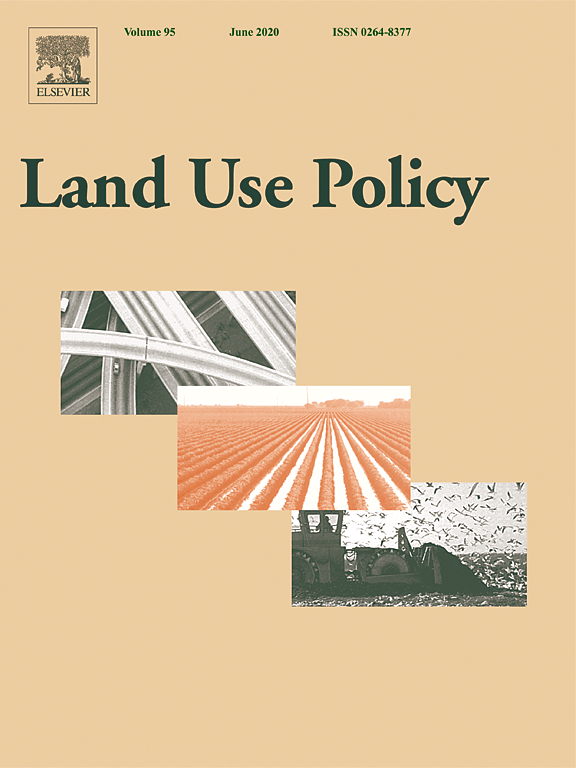Ver ítem
- xmlui.general.dspace_homeCentros Regionales y EEAsCentro Regional Patagonia NorteEEA BarilocheArtículos científicosxmlui.ArtifactBrowser.ItemViewer.trail
- Inicio
- Centros Regionales y EEAs
- Centro Regional Patagonia Norte
- EEA Bariloche
- Artículos científicos
- Ver ítem
Convergence between satellite information and farmers’ perception of drought in rangelands of North-West Patagonia, Argentina
Resumen
Drought is a complex natural hazard with social and environmental implications. Satellite information is increasingly used to support decision-makers in preventing or coping with the negative impacts of drought. The integration of local and scientific knowledge to support drought monitoring is still far from being the main procedure in the development of drought monitoring and early warning systems. This study aimed at assessing the degree of convergence
[ver mas...]
Drought is a complex natural hazard with social and environmental implications. Satellite information is increasingly used to support decision-makers in preventing or coping with the negative impacts of drought. The integration of local and scientific knowledge to support drought monitoring is still far from being the main procedure in the development of drought monitoring and early warning systems. This study aimed at assessing the degree of convergence between satellite information on the effect of droughts on rangeland vegetation, from time series analysis, and farmers’ perception of drought in North-West Patagonia, Argentina. We characterised the scientific evidence of drought in terms of duration, spatial distribution, most severe years and recovery for the period 2000–2018 by identifying inter-annual NDVI changes. Farmers’ perceptions and experiences of drought were studied with open-ending interviews, with respect to occurrence, duration and recovery for that period. Satellite information matched farmers’ perception of drought at a regional scale, emphasising the value of remote sensing tools in supporting regional policy decision-making. However, farmers’ perceptions and recall of past drought impacts were more diverse than satellite information at a local level, highlighting the need for knowledge integration at finer scales.
[Cerrar]

Autor
Solano-Hernández, Ainhoa;
Bruzzone, Octavio Augusto;
Groot, Jeroen C.J.;
Laborda, Luciana;
Martinez, Abel Hector Maria;
Tittonell, Pablo Adrian;
Easdale, Marcos Horacio;
Fuente
Land Use Policy 97 : 104726 (Septiembre 2020)
Fecha
2020-09
Editorial
Elsevier
ISSN
0264-8377
Formato
pdf
Tipo de documento
artículo
Palabras Claves
Derechos de acceso
Restringido
 Excepto donde se diga explicitamente, este item se publica bajo la siguiente descripción: Creative Commons Attribution-NonCommercial-ShareAlike 2.5 Unported (CC BY-NC-SA 2.5)
Excepto donde se diga explicitamente, este item se publica bajo la siguiente descripción: Creative Commons Attribution-NonCommercial-ShareAlike 2.5 Unported (CC BY-NC-SA 2.5)

